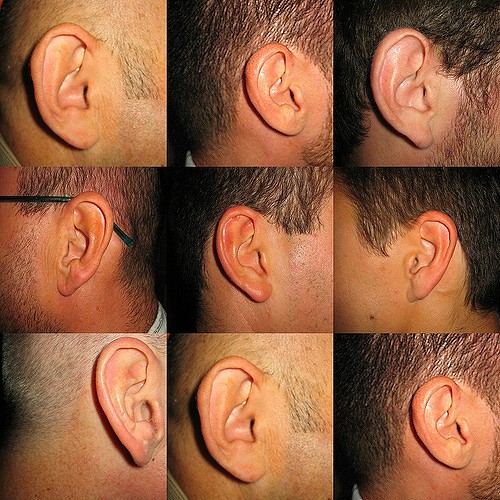Alzheimer's - Dementia, Author Interviews / 27.01.2019
Hyperbaric Oxygen Therapy as Potential Therapy for Alzheimer’s Dementia
MedicalResearch.com Interview with:
Dr. Paul Harch MD
Clinical Professor and Director of Hyperbaric Medicine
LSU Health New Orleans School of Medicine
MedicalResearch.com: What is the background for this study?
Response: The background is a 30 year clinical experience and investigation in which I explored the effects of low-pressure hyperbaric oxygen therapy (HBOT) on acute, subacute, and chronic neurological conditions.
Beginning with brain-injured Louisiana boxers and commercial divers in the late 1980s I attempted to see if patients with central nervous system disorders could respond to a lower dosing of the drug hyperbaric oxygen therapy than was traditionally used for other wound conditions like diabetic foot wounds, radiation wounds, and decompression sickness (the "bends"). I was successful with the very first cases after which I expanded this treatment to nearly 90 neurological conditions. The very first patient was a boxer 23 years after his last bout who was formally diagnosed with dementia pugulistica (dementia from boxing).
Since that time I have treated over 100 patients with cognitive decline or dementia, including 11 Alzheimer's cases. Nearly all of the Alzheimer's and other dementia cases were documented with high-resolution brain blood flow imaging (SPECT). The present case report was the first Alzheimer's case that I was able to document with PET metabolic imaging.
(more…)


